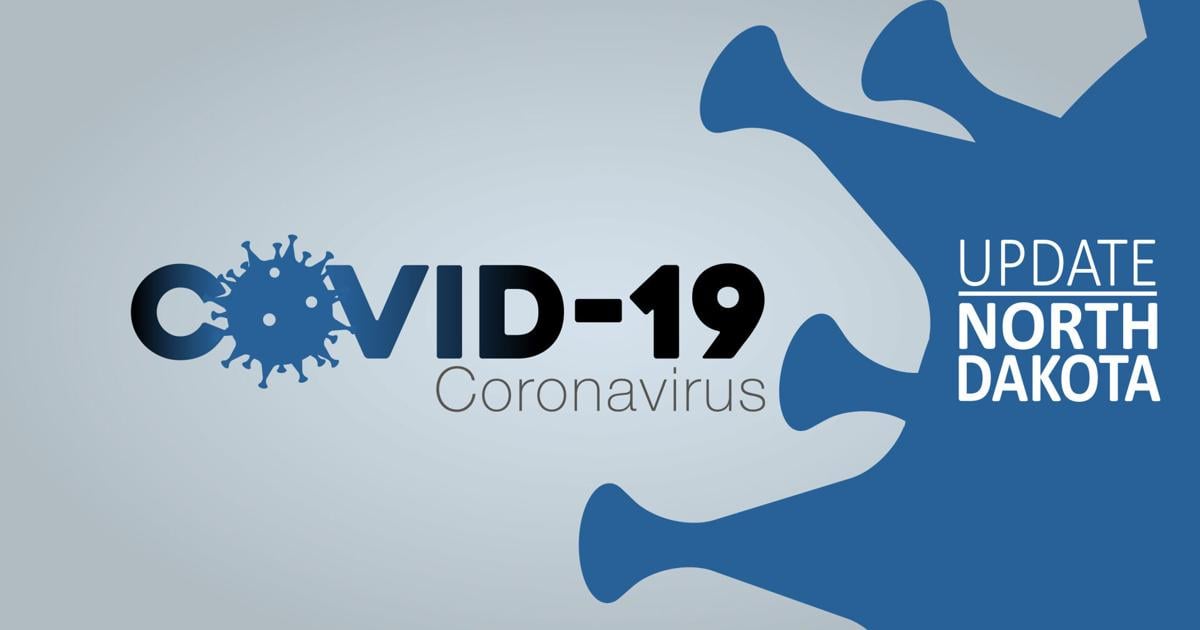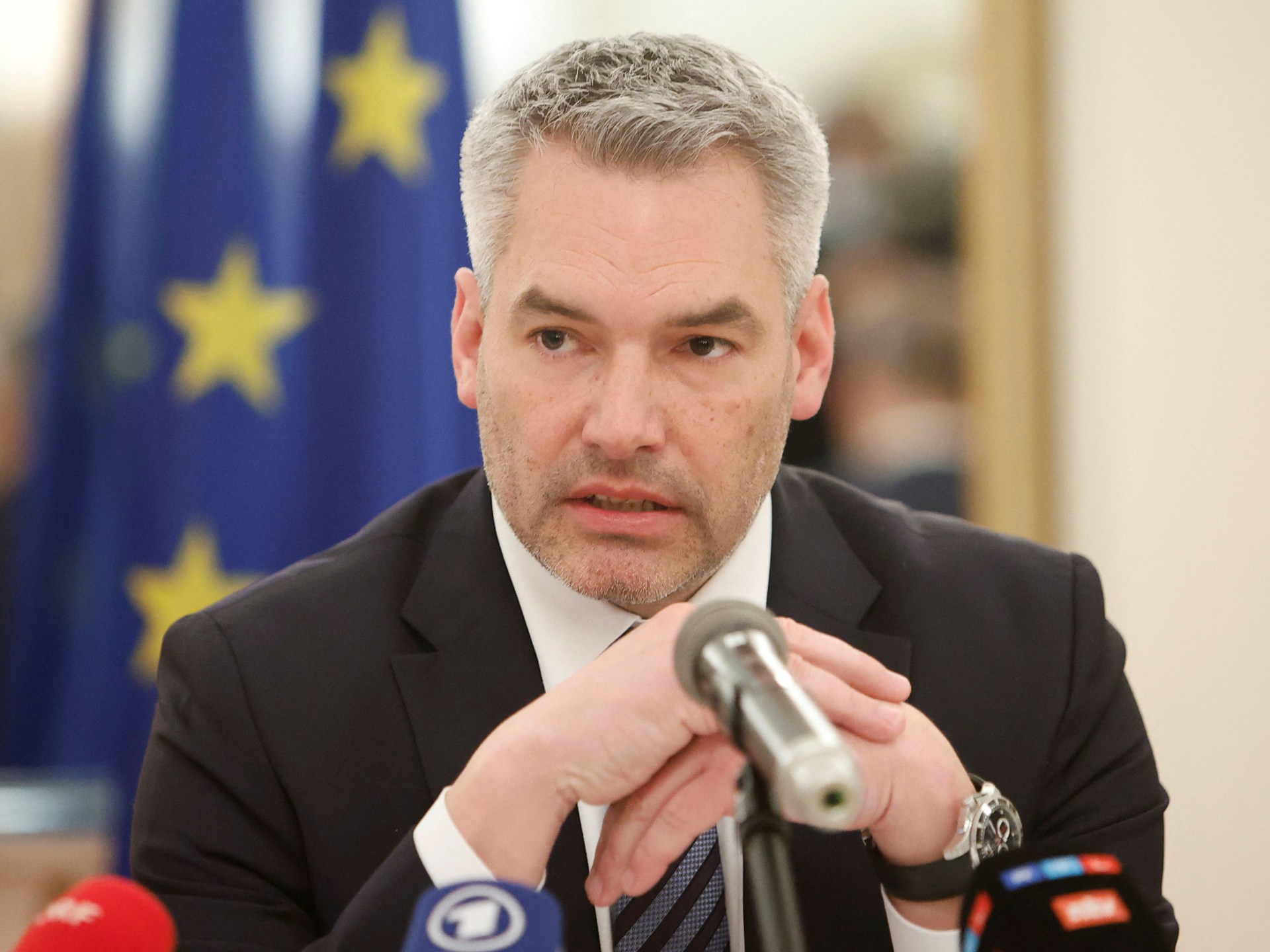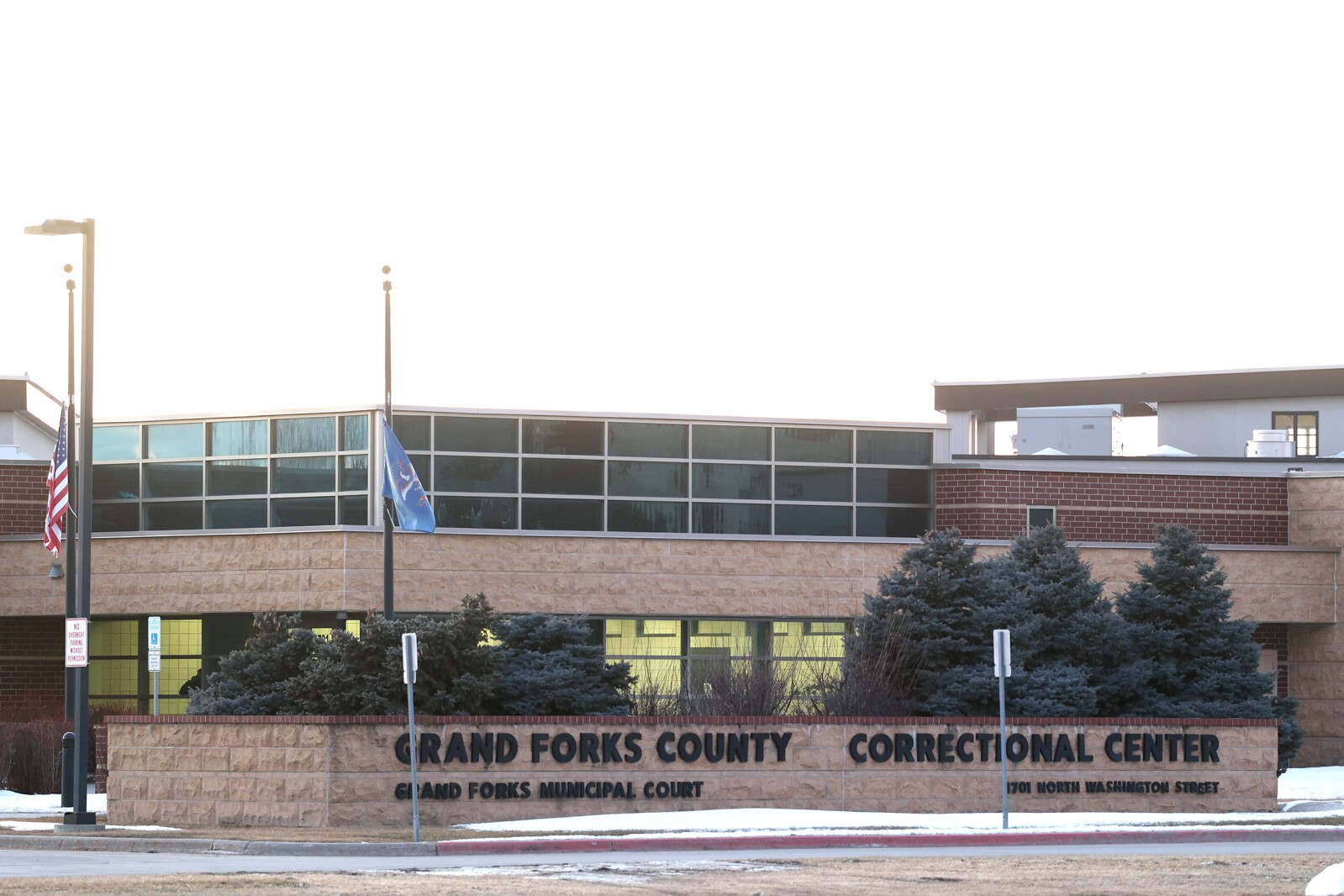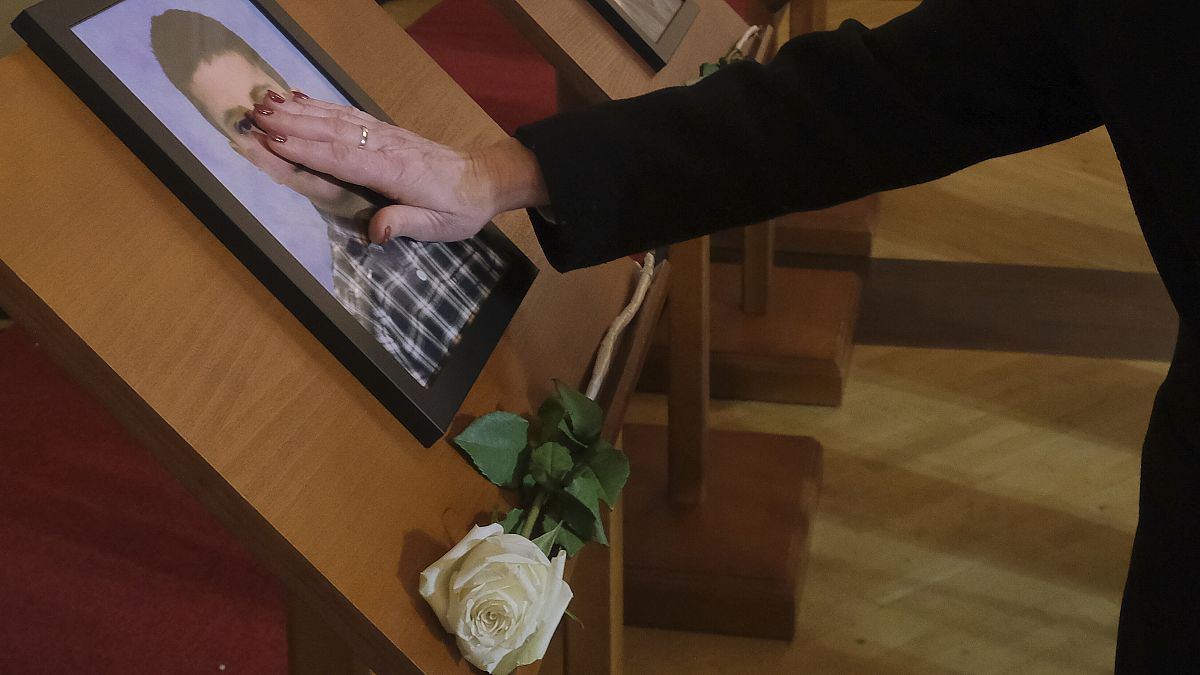GRAND FORKS — A Grand Forks County Commission member on Tuesday will propose merging the county jail and sheriff’s department — a move he admits will “raise some eyebrows” — with an added hope for future collaboration between the correctional center and state.
Mark Rustad will make the motion during the commission’s regular meeting Tuesday, Jan. 7. The purpose, he said, is to prevent a tax increase he believes is inevitable if significant changes aren’t made to reconcile a county budget that’s been stretched thin. On the pre-meeting agenda, available to the public, Rustad’s proposal is listed simply as “county department consolidation.”
Rustad believes a major issue with the county’s current financial state is
the Grand Forks County Correctional Center expansion project.
He calls it a financial anchor around the county’s ankle.
“(It) really never should have been built in the first place,” Rustad said. “But we need to figure out a way to make lemonade out of lemons.”
When the County Commission approved the 2025 budget, it did so by buying down its property tax levy with cash on hand — likely the last time the county will be able to do that, according to Grand Forks County Auditor Debbie Nelson’s budget report. The county is using cash on hand to keep the mill levy down by almost 10 mills, or around $4 million, based on July taxable values.
Without the cash, the county would be near the mill levy maximum of 60 mills, currently valued at around $23.6 million, for its general fund, which includes primarily operation and staffing expenses. The county is also currently levying 7.78 of its capital construction mills — most of its 10-mill limit. Over the last three budget years, the county has budgeted between seven and eight mills.
While the value of a mill has generally gone up over time, and increased by 5.38% between the 2024 and 2025 budgets, commissioners want to lessen the burden of property taxes on property owners.
A mill, or rather the mill levy, is the multiplier used to calculate what is owed in property taxes. It is determined by dividing the property tax levy revenue needed by the total taxable value in a taxing district. The mill levy is then multiplied by the taxable value of a property to determine the amount owed. Different taxing entities have different values for their mills. In the 2025 budget, a single Grand Forks County mill is valued at $394,096, while a city of Grand Forks’ single mill is $294,256.
“This is step one in trying to give us a financial forecast that is long term rather than trying to piecemeal our budget together to basically rely on increasing home values,” Rustad said. “That’s not a safe thing to rely on.”
Rustad proposes to put the sheriff’s office in charge of the correctional center, which would remove duplicative work that he believes exists in administrative roles. This would not necessarily be done by layoffs, but rather by choosing not to rehire openings as employees retire. Additionally, he believes the consolidation would save on transportation costs, since sheriff’s deputies perform inmate transportation for things like court hearings.
Rustad said it’s too early in the process to say what would become of Grand Forks County Correctional Center’s administrator position, currently held by Bret Burkholder. In his proposal, it could possibly be eliminated, he said, or it would remain and report to the sheriff. Rustad stressed that his proposal isn’t directed at Burkholder or the work he has done.
“I ran on this,” Rustad said, referring to his candidacy before he was elected. “It’s not something I just pulled from thin air.”
He added: “I wouldn’t really feel comfortable saying, ‘Yeah, that position is going away. That would have to be a real detailed conversation among the commission if, in fact, I have support (for the consolidation.)”
He doesn’t suspect the role would fall to Sheriff Andy Schneider, though, because the roles of jail administrator and sheriff are so different and each take a significant amount of time. One person can’t do both, Rustad said.
“This is not headhunting for Bret Burkholder,” he said. “He was doing exactly what he was told to do — and what his job description is — by previous county commissions.”
Rustad also believes the move could allow the county to work more closely with the state — perhaps to include leasing a portion of the expanded correctional facility for state use.
Commissioner Terry Bjerke said nothing can or should be off the table when considering the county’s budget.
“I think the majority of the commission wants to look and see if there are ways we can consolidate,” said Bjerke, who earned a seat on the commission in November after campaigning on a platform of budget reform. “Things change, technology improves. There are different things you can look at — like if you get a new piece of software and it can do things you normally got done by hand, why wouldn’t you look at that kind of thing?”
While both Bjerke and Rustad have said they are against any new taxes for county residents, others have said the county needs to look at diversifying its revenue streams.
“We can nickel-and-dime the budget, absolutely, I totally agree with you. But when it comes to the long-range plan, how can we broaden our resources instead of,
‘Well, we’re going to be capped off at 60 mills?’” Commissioner Cynthia Pic told commissioners in September.
“How can we broaden our revenue sources so that we continue to provide the services that are mandated in legislation?”
The county has tried. For example, a vote to raise the sales tax in the county narrowly failed in 2022. Funds generated by the tax would have gone toward capital improvement funding.
Due to construction delays caused by the COVID-19 pandemic,
there are numerous capital projects underway in the county at once.
Those also resulted in projects costing more because of inflation.
While the county is near its capacity for capital expenditures, additional correctional staff for the jail expansion will add a projected $428,700 to the 2026 budget. The county budgeted for those roles to be filled around halfway through 2025 to save costs, as the facility isn’t expected to be fully ready until mid-2025.
The county simply cannot afford to staff the expanded portion of the jail long term, Rustad said.
“We could probably do it for something like five years – if we burn through our cash on hand,” he said.
Rustad’s hope, if his proposal is approved, is that the correctional center will immediately be turned over to the sheriff’s office, consolidating the two largest expenditures under the county general fund. He believes the transition could be completed by the end of the first quarter of the year.
Considering the 2025 budget, if combined, the two would cost nearly $16 million – more than four times the size of the next largest department under the general fund, which is the State’s Attorney’s Office.
Rustad believes money will be saved through his proposal, but when discussing it with the Herald he said he suspects a dollar estimate won’t be clear until after the change is made.
“I don’t know if there is a good way (to determine potential savings) until we pry open the departments,” he said.
He expressed confidence, though, in Schneider’s ability to create efficiency.
Though not directly related to Tuesday’s proposal, Rustad also has hopes for the county to lease a portion of its expanded correctional facility to the state and its prisoners. Capacity issues at all levels of North Dakota incarceration have been well documented; Rustad believes this could be a way to meet a need for the state and many needs for the county.
Leasing the space would bring funds into the county and, as a result, staffing it would be the state’s responsibility, taking the financial burden away from the county, Rustad believes. Though the intent of the expansion project was to address the county’s own capacity issues, Rustad said that, without the money to staff the space, it’s no good to the county.
“If we can’t staff the space, it’s irrelevant,” Rustad said. “It costs a lot less to rent back a few beds from the state … and, furthermore, it is pretty frequent that we have state and federal inmates in our jail that we’re renting space to.”
His hope is that cutting costs and adding a revenue stream would hopefully, down the line, allow the county to invest in resources for
its incarcerated population which, as previously reported by the Herald, is largely made up of people with mental health and substance use issues that need treatment to prevent recidivism
.

























/cdn.vox-cdn.com/uploads/chorus_asset/file/24982514/Quest_3_dock.jpg)





